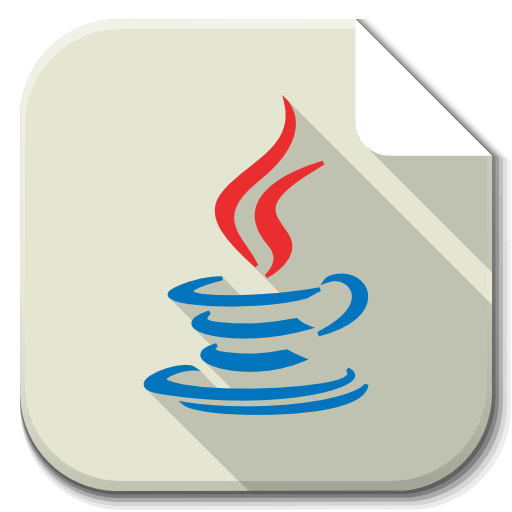
Play Store Application link – Java to .NET in 9 Steps – App on Google Play
Deploying and configuring applications are crucial steps in the software development lifecycle. If you’re a Java developer familiar with tools like Tomcat, Docker, and Spring’s application.properties, this guide will help you understand how to create, deploy, and configure C# applications. We’ll cover publishing to IIS, using Docker and Kubernetes, and managing configurations with appsettings.json and environment variables.
Creating and Deploying Applications
Publishing to IIS
Internet Information Services (IIS) is a flexible, secure, and manageable Web server for hosting web applications, including ASP.NET Core applications. Here’s how to publish a C# application to IIS.
- Install IIS:
Ensure IIS is installed on your Windows machine.
You can install it via the “Turn Windows features on or off” dialog. - Publish Your Application:Open your project in Visual Studio and follow these steps:
- Right-click on the project in Solution Explorer.Select “Publish”.
- Choose “Folder” as the target.Set the target location where the publish output will be stored.
- Click “Publish”.
- Configure IIS:
- Open IIS Manager.
- Add a new website or configure an existing one.
- Set the “Physical Path” to the folder where your application was published.
- Ensure the site bindings are correct, especially the port.
- Deploy to IIS:Start the website in IIS Manager, and your application should be up and running, much like deploying a WAR file to Tomcat.
Example in Java:
Deploying a Spring Boot application to Tomcat involves creating a WAR file and deploying it to the Tomcat server.
Docker Containers and Kubernetes
Docker and Kubernetes are popular tools for containerizing and orchestrating applications.
1- Creating a Docker Image: Create a Dockerfile for your C# application.
FROM mcr.microsoft.com/dotnet/aspnet:5.0 AS base
WORKDIR /app
EXPOSE 80
FROM mcr.microsoft.com/dotnet/sdk:5.0 AS build
WORKDIR /src
COPY . .
RUN dotnet restore
RUN dotnet publish -c Release -o /app
FROM base AS final
WORKDIR /app
COPY –from=build /app .
ENTRYPOINT [“dotnet”, “YourApp.dll”]
Build and run the Docker image:
docker build -t yourapp .
docker run -d -p 8080:80 yourapp
This is similar to creating a Dockerfile for a Spring Boot application.
Example in Java:
FROM openjdk:8-jdk-alpine
VOLUME /tmp
ADD target/yourapp.jar yourapp.jar
ENTRYPOINT [“java”,”-jar”,”/yourapp.jar”]
2- Deploying to Kubernetes: Create a deployment.yaml file for Kubernetes.
apiVersion: apps/v1
kind: Deployment
metadata:
name: yourapp-deployment
spec:
replicas: 3
selector:
matchLabels:
app: yourapp
template:
metadata:
labels:
app: yourapp
spec:
containers:
– name: yourapp
image: yourapp:latest
ports:
– containerPort: 80
Apply the deployment:
kubectl apply -f deployment.yaml
This process is similar to deploying a Java application in a Kubernetes cluster.
Configuration Management
AppSettings.json
In C#, configuration settings are typically stored in an appsettings.json file.
This is analogous to application.properties or application.yml in Spring Boot.
Example appsettings.json:
{
"Logging": {
"LogLevel": {
"Default": "Information",
"Microsoft": "Warning"
}
},
"ConnectionStrings": {
"DefaultConnection": "Server=myServer;Database=myDb;User=myUser;Password=myPass;"
}
}
Accessing Configurations:
public class Startup
{
public Startup(IConfiguration configuration)
{
Configuration = configuration;
}
public IConfiguration Configuration { get; }
public void ConfigureServices(IServiceCollection services)
{
services.AddDbContext<MyDbContext>(options =>
options.UseSqlServer(Configuration.GetConnectionString("DefaultConnection")));
}
}
Example in Java:
In Spring Boot, you might use application.properties:
propertiesCopy codelogging.level.root=INFO
spring.datasource.url=jdbc:mysql://localhost:3306/myDb
spring.datasource.username=myUser
spring.datasource.password=myPass
Accessing Configurations:
@Configuration
public class AppConfig {
@Value("${spring.datasource.url}")
private String datasourceUrl;
@Bean
public DataSource dataSource() {
return DataSourceBuilder.create().url(datasourceUrl).build();
}
}
Environment Variables
Environment variables are another way to manage configuration. This is useful for managing sensitive data and settings that change between environments.
Setting Environment Variables:
You can set environment variables in your system or in your Dockerfile.
Example in Dockerfile:
ENV ConnectionStrings__DefaultConnection="Server=myServer;Database=myDb;User=myUser;Password=myPass;"
Accessing Environment Variables:
public class Startup
{
public void ConfigureServices(IServiceCollection services)
{
var connectionString = Environment.GetEnvironmentVariable("ConnectionStrings__DefaultConnection");
services.AddDbContext<MyDbContext>(options =>
options.UseSqlServer(connectionString));
}
}
Example in Java:
In Spring Boot, you can use environment variables by setting them in your system and accessing them using @Value or Environment:
@Value("${DB_URL}")
private String dbUrl;
@Autowired
private Environment env;
@Bean
public DataSource dataSource() {
return DataSourceBuilder.create().url(env.getProperty("DB_URL")).build();
}
Summary
Understanding how to deploy and configure your C# applications is essential for any developer. By comparing these processes with what you already know in Java, you can leverage your existing knowledge to efficiently create, deploy, and configure your C# applications. Whether you’re using IIS, Docker, or Kubernetes, and managing configurations with appsettings.json or environment variables, the transition will be smooth and intuitive. Happy coding and deploying!
